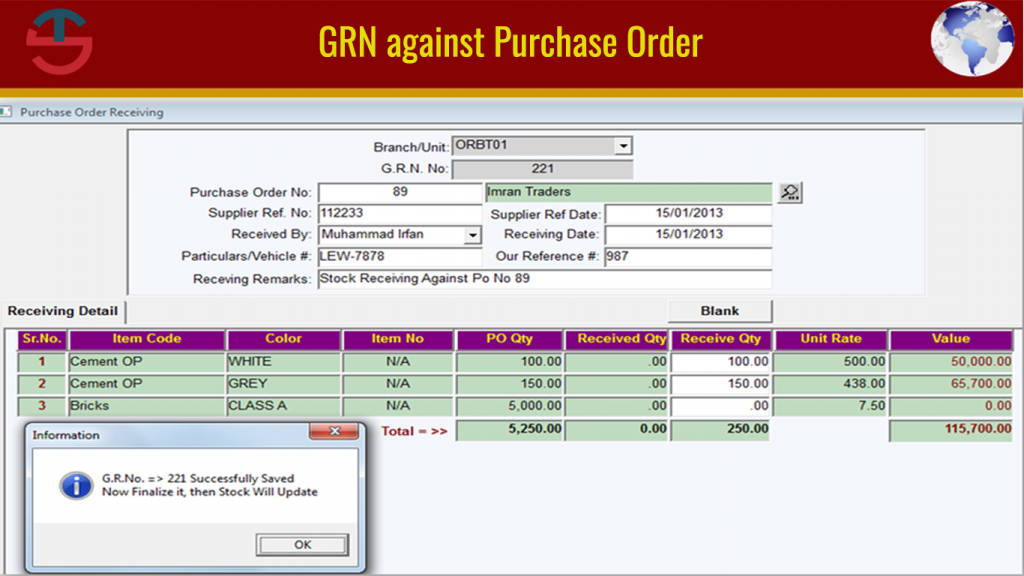Understanding the Importance of a Purchase Order System
Implementing a purchase order system offers numerous benefits, including:
- Streamlined Procurement Process: Automating the procurement process reduces manual intervention, streamlining the entire purchasing workflow from requisition to payment.
- Improved Accuracy: By standardising purchasing procedures and eliminating paper-based processes, a PO system significantly reduces the likelihood of errors and discrepancies.
- Enhanced Financial Control: With real-time tracking and monitoring capabilities, organisations gain better visibility into their spending patterns, enabling more informed financial decision-making.
- Better Vendor Management: A purchase order system facilitates seamless communication with vendors, ensuring timely delivery, resolving disputes, and fostering stronger supplier relationships.
Selecting the Right PO Software
The first step in implementing an online purchase order system is selecting the right PO software for your organisation’s needs. With a plethora of options available in the market, it’s crucial to choose a solution that aligns with your specific requirements and budget constraints.
When evaluating PO software, consider the following factors:
- Ease of Use: Look for intuitive and user-friendly software that requires minimal training for adoption across your organisation.
- Scalability: Ensure that the software can accommodate your organisation’s growth and handle increasing transaction volumes without compromising performance.
- Integration Capabilities: Choose a PO system that seamlessly integrates with your existing ERP or accounting software to facilitate data exchange and eliminate duplicate entry.
- Customisation Options: Opt for software that offers customisation features, allowing you to tailor the system to meet your unique procurement workflows and business rules.
- Security and Compliance: Prioritise software vendors that adhere to industry-standard security protocols and compliance requirements to safeguard sensitive procurement data.
Implementation Steps
-
- Assess Current Procurement Processes: Before implementing a purchase order system, conduct a thorough assessment of your organisation’s existing procurement processes. Identify pain points, bottlenecks, and areas for improvement to inform the configuration of your PO software.
- Define User Roles and Permissions: Determine who will be responsible for creating, approving, and managing purchase orders within the system. Establish clear user roles and permissions to ensure accountability and prevent unauthorised access to sensitive procurement data.
Conclusion
Implementing an online purchase order system is a strategic investment that can yield significant benefits for your organisation’s procurement operations. By following the step-by-step guide outlined above and selecting the right PO software solution, you can streamline your purchasing processes, enhance accuracy, and drive overall efficiency. Visit cloudb2b.co.uk to explore our comprehensive range of purchase order management solutions tailored to meet your business needs. Embark on your journey towards procurement excellence today!

